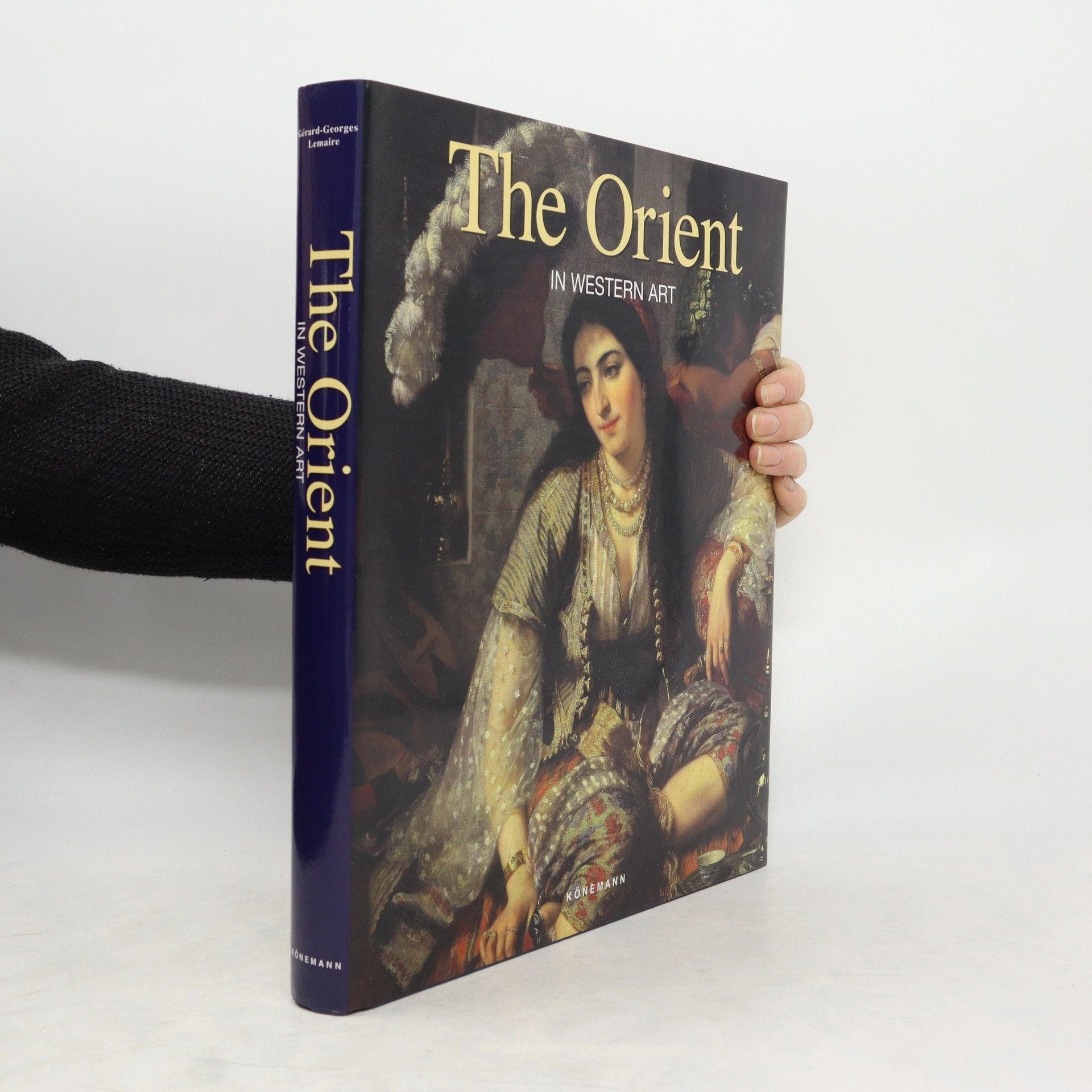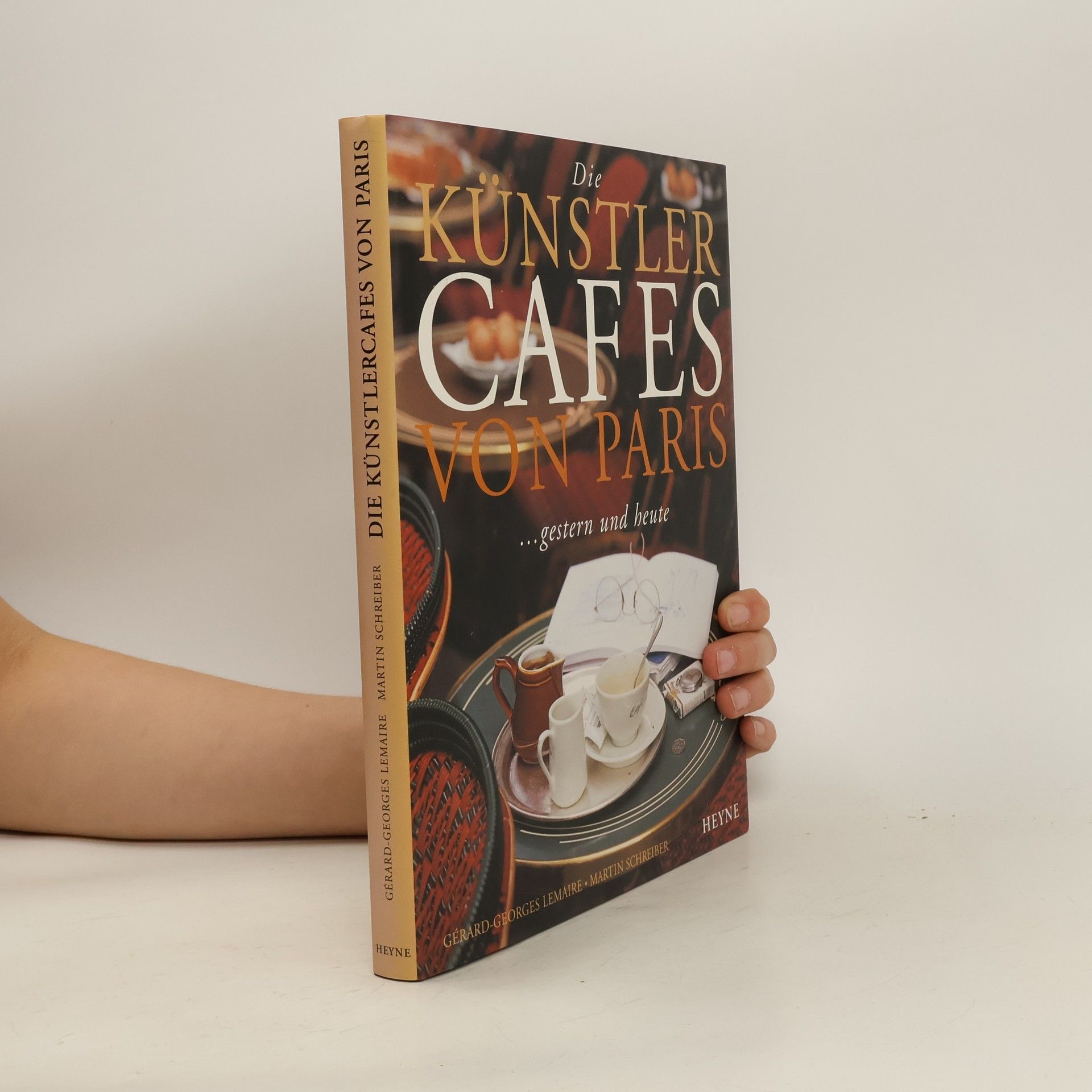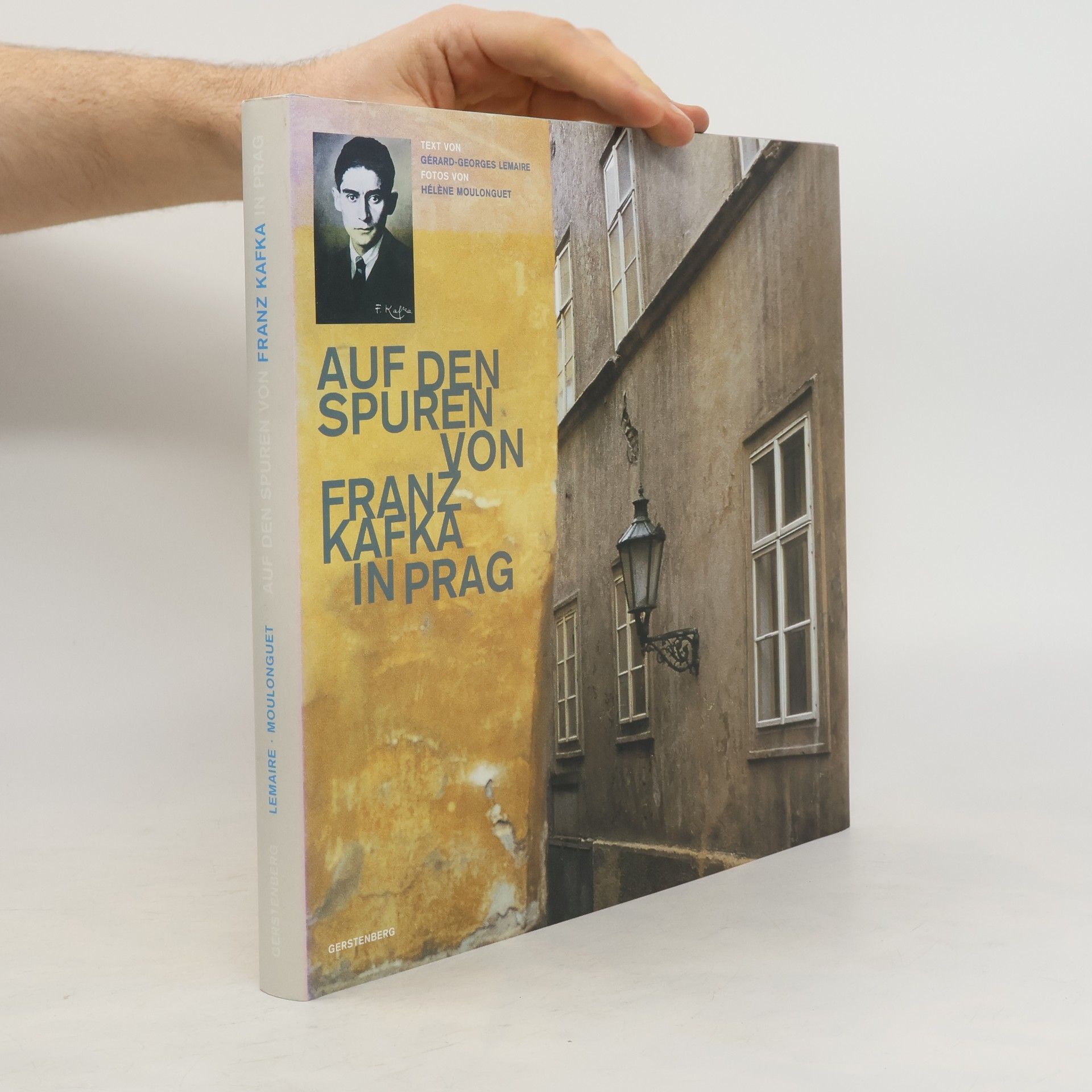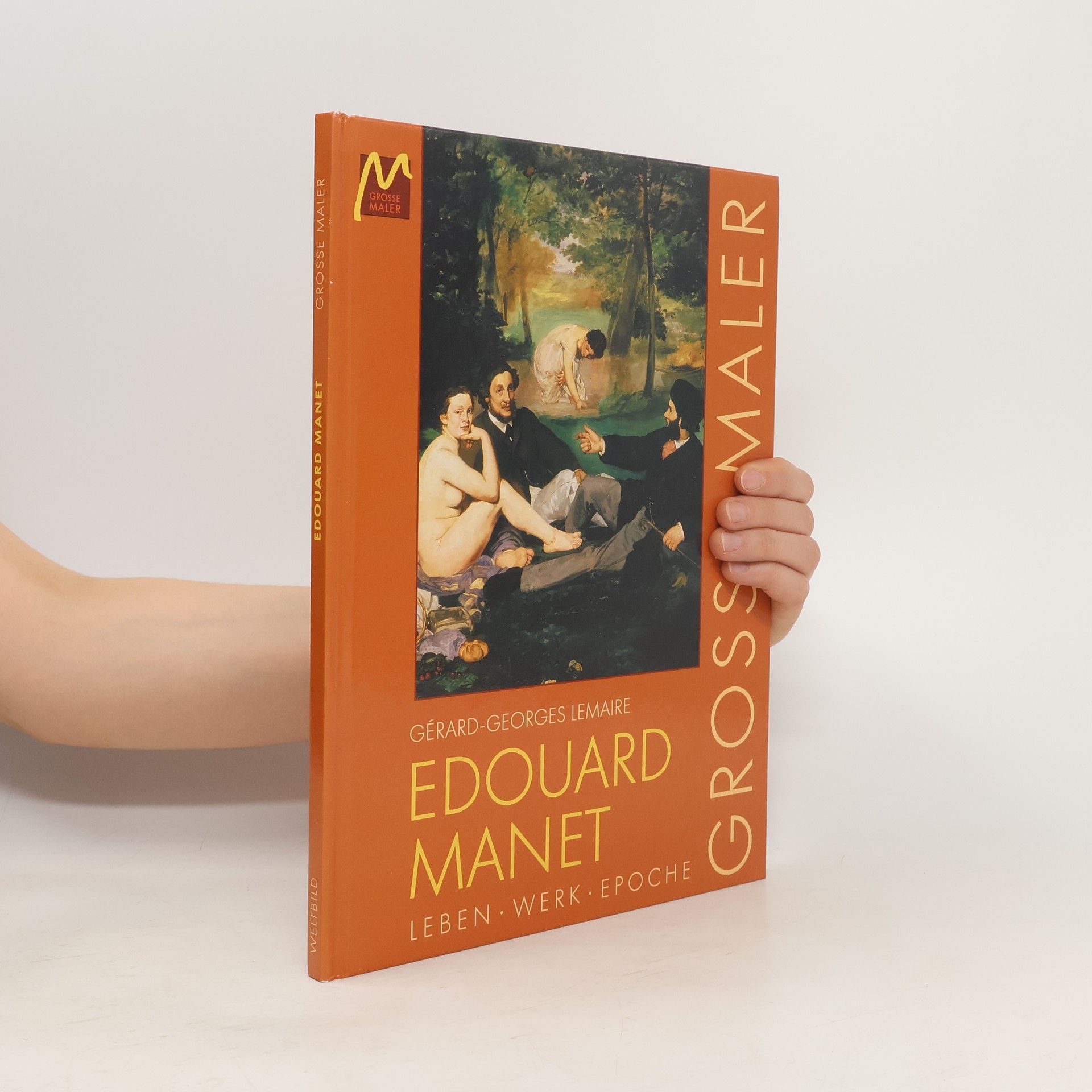Das Morgenland und die geheimnisvollen Vorstellungen, die sich mit ihm verbinden, waren in der Geschichte der europäischen Malerei immer wieder eine Quelle der Inspiration. Von den venezianischen Darstellungen der Renaissance und den ersten „Turquerien“ über die Glanzzeit im 19. Jahrhundert bis hin zu den Tunis-Ansichten eines August Macke und Paul Klee zeichnet dieser Band mit über 300 farbigen Abbildungen die Entwicklung des Orientbildes in der Malerei nach.
Gérard-Georges Lemaire Bücher






Als die Maler Vanessa Bell und Duncan Grant in das Landhaus Charleston einzogen, verwandelten sie es mit bunten Farben in ein kreatives Refugium. Dieses Haus ist heute ein bedeutendes Zeugnis des Bloomsbury-Kreises. Künstler haben oft eine besondere Beziehung zu ihren Wohnorten, die nicht nur als Inspirationsquellen dienen, sondern auch ihre Bewohner zur kreativen Gestaltung herausfordern. Der Autor Gérard-Georges Lemaire nimmt uns mit auf eine Reise zu idyllischen Refugien und großzügigen Stadthäusern in Europa und bietet Einblicke in das Leben von 14 bedeutenden Künstlern der klassischen Moderne. Wo lebte Claude Monet in Giverny, während er gegen seine Erblindung anmalte? Welche Atmosphäre schuf Gabriele Münter in ihrem kleinen Landhaus mit himmelblauen Fensterläden? Und in welchen Räumen lebten Künstler wie Alfred Kubin, Alfons Mucha, René Magritte, Gustave Moreau und William Morris? Diese Reise führt von London über Murnau am Staffelsee bis nach Brüssel und Paris, angereichert mit biografischen Details und historischen Dokumenten. Der wunderschön bebilderte Band lädt dazu ein, die Häuser der Künstler zu betreten, zu verweilen und sich inspirieren zu lassen.
The Orient in Western Art
- 360 Seiten
- 13 Lesestunden
"The oriental motif is a recurring theme in western painting. From the Renaissance with its awakening interest in ancient cultures and art to the 18th century with its Grand Tours and "Turkish fashion," the oriental theme has not only documented artists' travels to the East, but has projected the wishes, desires and imagination of the West. From ethnographic etchings to exaggerated displays of the sultans' splendor, this paradox of fact and fantasy culminated in the 19th century with the genre Orientalism. Napoleon's conquest of Egypt, European colonization, and archaeological excavations opened up the region to numerous artists such as Decamps. Delacroix, Fromentin, Ingres, Lear, and Hunt, whose most famous works express oriental imagery. The Orient in Western Art presents the emergence and development of an artistic motif accompanied by explanations of social and cultural history. Book jacket."--BOOK JACKET
The homes of some of the world€™s most celebrated artists are featured in this lavishly illustrated volume. From Frederic Church€™s castle on New York€™s Hudson River to Claude Monet€™s house and garden at Giverny in France to Giorgio de Chirico€™s sophisticated Roman apartment and William Morris€™s Arts and Crafts€“style Kelmscott Manor, this book reveals each artist€™s tastes and fashionable flair. Artists€™ Houses is a close-up look at the intimate hideaways that 15 great European and American artists created for themselves. The beautiful, private worlds revealed here will captivate all those interested in interior design and the lives of our most renowned artists.
Oscar-Claude Monet fue un pintor francés, uno de los creadores del impresionismo. El término impresionismo deriva del título de su obra Impresión, sol naciente.? Sus primeras obras, hasta la mitad de la década de 1860, son de estilo realista."Sinopsis" puede pertenecer a otra edición de este libro.
Le goût de Prague
- 118 Seiten
- 5 Lesestunden
«Prague telle qu'en sa réalité et ses légendes», «Prague des trois ghettos», «À l'heure du poétisme» et «La Prague de la désillusion»... Anthologie.Textes réunis et présentés par Gérard-Georges Lemaire.
La dame au capucin
- 277 Seiten
- 10 Lesestunden
En cette soirée pluvieuse d'automne, quelle raison a donc poussé Francis Lafarge à revenir soudain dans ce petit village de l'Auvergne profonde ? Au " château ", la maison familiale où il a passé les premières années de sa vie avant de bourlinguer à travers le monde, demeure Lucette Barland, sa vieille tante grabataire. Auprès d'elle, pour l'assister, il y a Pepsi, un petit singe capucin. L'arrivée de Francis va chambouler le bel ordonnancement de ces deux existences. Au village, il commence aussi à se murmurer que le passé de Francis n'est pas très net. S'il est revenu, n'est-ce pas tout simplement pour " se mettre au vert " ? En outre, depuis quelques jours, une grosse limousine immatriculée dans la région parisienne sillonne les routes du pays. Des questions se posent, des inquiétudes naissent. Heureusement pour lui, grâce à l'amour que va lui porter une femme, Francis saura rebondir vers une nouvelle existence sur cette terre des ancêtres que, peut-être, il n'aurait jamais dû quitter.



